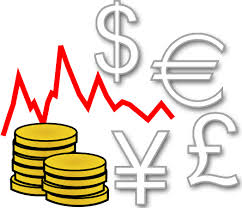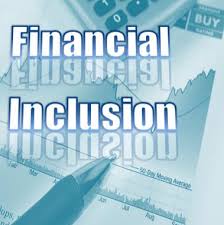The exchange rate is basically the value of one currency in terms of another. It is the rate at which one currency will be exchanged for other. For example, an exchange rate of 62 Indian rupees (INR) to the United States dollar means that Rs. 62 will be exchanged for 1 US$.
An exchange rate helps each currency to have its own currency, which is different from its trading partners and yet carry out trade freely in the international market. If the exchange rate changes in a way so that 1 US$ can buy more INR, then it is said that INR has depreciated.For example , if instead of 62 INR, 1 US$can buy 65 INR, then the value of INR has depreciated. On the other hand, if 1US$ can buy less amount of INR, then the INR has appreciated. For example, if 1 US$ can buy 56 INR, then INR has appreciated.
Exchange rates can be fixed or floating. It is also known as pegged exchange rate. In a fixed exchange rate, the central bank sets an official exchange rate . The central bank also buys and sells its own currency in order to maintain the exchange rate.A floating exchange rate is determined by the market through demand and supply. A floating exchange rate is also referred to as “self-correcting” as any differences in demand and supply be automatically corrected by the market.
Click here for government certification in Accounting, Banking & Finance





3 Comments. Leave new
I liked the post but i would have loved to read something about the Foreign Exchange Regulation Act. Nevertheless, good efforts.
Good work 😀
Very well Wriiten 😀
good…